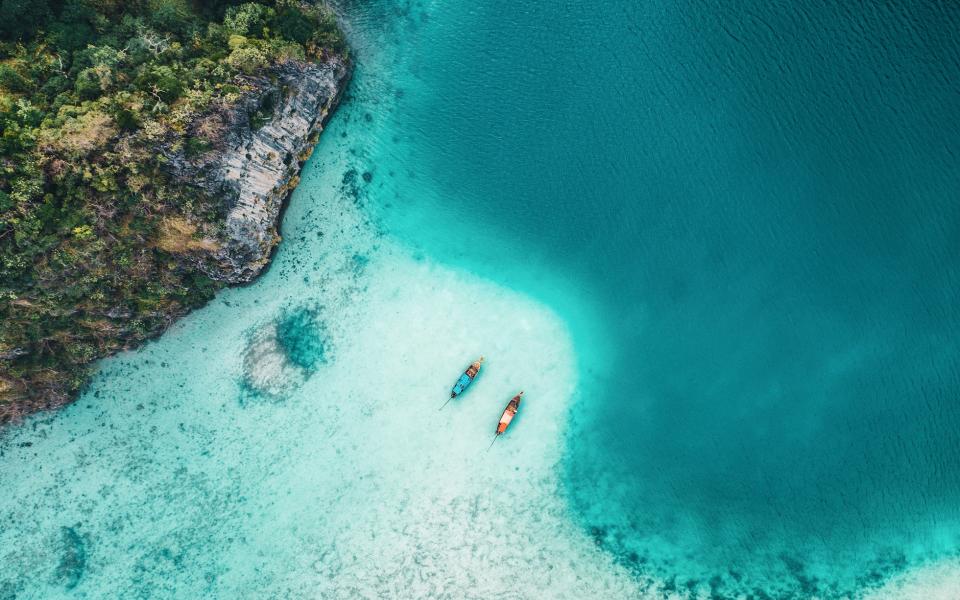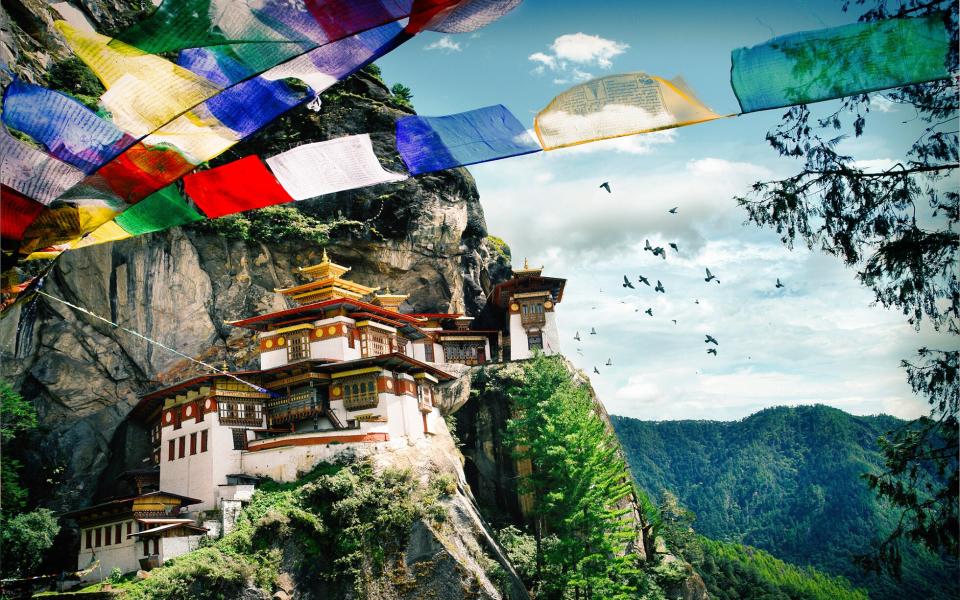The countries pursuing a zero-Covid strategy – and what it means for tourism

New Zealand recorded its first four community-transmitted cases of Covid-19 for 102 days on Tuesday. In response, it locked down the city of Auckland (where the cases where detected) and placed the rest of the country under tighter restrictions.
This may seem somewhat extreme. By comparison, the UK saw 1,148 new infections on Tuesday, yet the majority of the country is enjoying eased restrictions, with the exception of those in local lockdown, and even popping over to Europe for their holidays.
Of course New Zealand had already demonstrated its intolerant approach to the virus. The country is pursuing a zero-Covid strategy whereby it seeks to eliminate all cases. Measures to achieve this include shutting its borders to all but New Zealand citizens and residents (plus their children and partners) and requiring all arrivals to enter managed self-isolation or quarantine (in a government-run facility) for 14 days.
But how long does the country, which usually hosts around 200,000 British visitors each year, plan to stay shut? And which other tourist destinations have both kept Covid cases to a minimum and aim to retain their record by barring foreign arrivals? We take a closer look.
New Zealand
Cases per 100,000 (in last 14 days, as of August 12): 0.22
The country could remain closed until at least 2021. Last month Prime Minister Jacinda Arden even characterised calls to open its borders, or issue a plan for doing so, as “dangerous”. Meanwhile, the leader of the opposition Todd Muller said the country would be “on its knees” if it waits for other nations to end community transmission (or for a viable vaccine to be found) before it allows international visitors back.
Tourism accounts for around six per cent of New Zealand’s GDP and employs an estimated 230,000 people (10 per cent of the workforce). The industry brings in around NZ$17.2 billion (£8.3 billion) a year.
British holidaymakers make up one of the largest visitor groups to New Zealand, enticed by attractions such as Milford Sound, Tongariro National Park and Aoraki/Mount Cook (indeed, Telegraph Travel readers have consistently voted it their favourite country). Its two lush isles ensure the 26-hour average flight time from London to Wellington is worth every minute.
Travel bubbles with the Cook Islands and Australia, which have so far failed to materialise after several months of speculation, could be New Zealand’s first step towards the resumption of international tourism. Britons may have to wait another five months, or more, to return.
Thailand
Cases per 100,000: 0.083

The deputy governor of the Tourism Authority of Thailand (TAT), Chattan Kunjara Na Ayudhya, has predicted that it will be 2021 before Thailand reopens to foreign tourists. “The Christmas period, usually the high season, is in jeopardy and I’m looking horribly even to Chinese New Year in February,” he said. “It is not a rosy picture.”
Britons make around 1 million visits to Thailand each year whether to drink in the frenetic atmosphere of Bangkok or explore unspoilt islands. Those who have held out for long-haul holiday in the country this winter are likely to be disappointed, however. As it stands, Thai borders remains closed to most foreign nationals. It has been praised by the World Health Organisation for its response to the pandemic and has recorded just 58 cases in the last 14 days among a population of 69.8 million (0.8 cases per 100,000), but the economic toll will be high.
Tourism accounts for around 20 per cent of the country’s GDP and up to a third of the country’s tourism-related businesses are at risk of closing permanently. Yet, despite this tourism-dependent economy, a poll suggests there is little appetite among the Thai population for swift reintroduction of foreign travellers. According to a poll published in the Bangkok Post in July, a whopping 95 per cent of respondents thought they should be barred from entering the country to prevent the spread of coronavirus.
Vietnam
Cases per 100,000: 0.44
Vietnam’s borders were closed to all foreign nationals on March 22, with a small number of exemptions for diplomats and highly skilled workers. The country has been effective in supressing the virus. In mid-July it had recorded no deaths as a result of Covid and months had passed without the country reporting a community infection.
For locals, life had begun to return to somewhat normal, with sports stadiums filled with fans and schools again open. But, following an outbreak in the coastal city of Da Nang (which is popular with domestic tourists), the country has now seen 17 deaths as a result of the virus. There have been 433 cases in the past 14 days.
Foreign tourist arrivals and tourism revenue in Vietnam fell by more than 50 per cent in the first half of the year. Some 20 million international visitors were expected to arrive this year lured by attractions including the limestone peaks that rise from Halong Bay and the temples of Hanoi. The government has yet to issue an official statement on when borders could reopen.
Bhutan
Cases per 100,000: 1.81

On Tuesday, Bhutan ordered its first nationwide lockdown after a returning resident tested positive for coronavirus after being discharged from quarantine.
The case took the total in the tiny Himalayan kingdom to 113, still the lowest in South Asia. It has yet to record a single fatality as a result of the virus. It banned tourism in March after an American visitor tested positive for the virus, and ordered a three-week mandatory quarantine for everyone returning from abroad.
Dorji Dhradhul, director general of the Tourism Council of Bhutan told Lonely Planet in June: “While we also hope for the quick restart and reopening of our tourism, it is of course dependent on positive developments globally. Therefore, we do not have a date set for reopening as yet.” This approach seems unlikely to change given the recent uptick in local cases.
The country had certain barriers to entry pre-Covid. Its tourist taxes sat at $200 (£155) per day between December and February, increasing to $250 (£194) for the rest of the year. The Buddhist kingdom also puts a cap on tourist numbers. Well-off travelllers come for the mountain views and clean air of Bhutan, which is one of the world's loftiest countries. Tourism accounts for around 5 per cent of Bhutan’s GDP.
Other countries with few cases that remain closed
Laos: With a population of 7.2 million, the country has recorded just 20 cases of Covid-19 and zero deaths. Its government has suspended its visa on arrival service at all entry points and all arrivals are required to quarantine at a government facility for 14 days at their own expense.
Mongolia: Just 297 infections have been recorded overall, and two in the last 14 days. The Mongolian government has suspended all international flights and rail services to the country until at least August 31.

